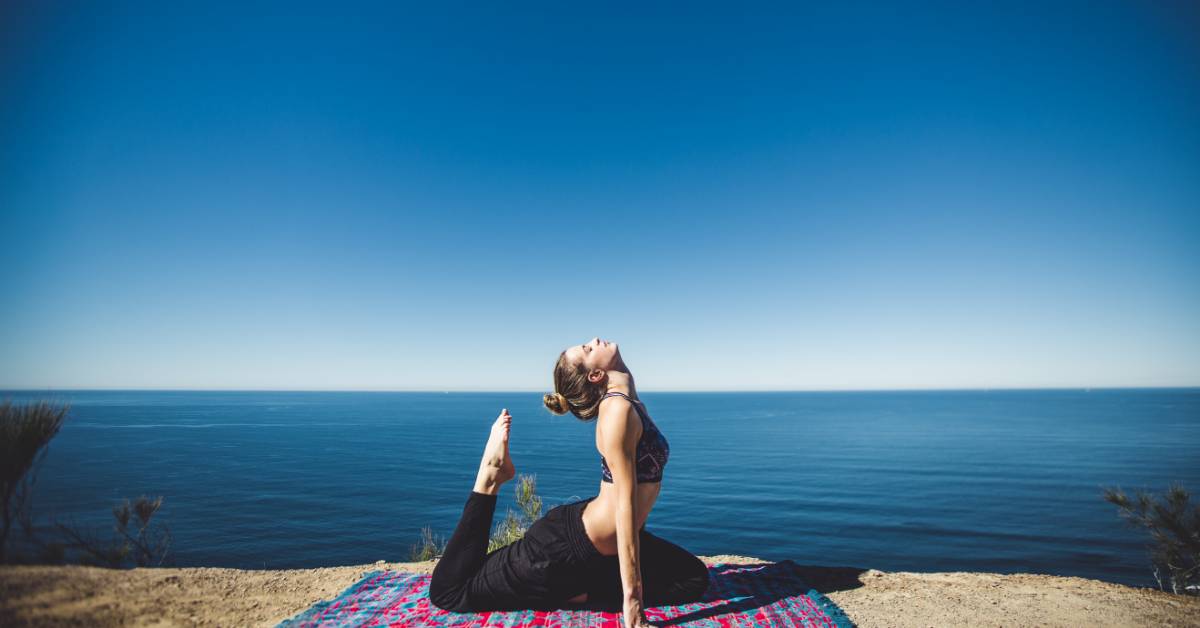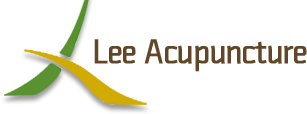

Intrigued by cupping? Learn more about it below!
Recently I am getting more treatment requests and questions about how cupping works.
Heavy exposure and good image of several popular Olympian in Rio this summer made all the above inquiries, I guess.
You can see Michael Phelps’s pictures of cupping in the last part of this article.
WebMD defines cupping therapy is an ancient form of alternative medicine in which a therapist puts special cups on your skin for a few minutes to create suction.
People get it for many purposes, including pain and inflammation relief, blood flow increase, relaxation, promoting a sense of well-being, and as a type of deep-tissue massage.
Wikipedia explains a little bit differently.
Cupping therapy is a form of alternative medicine with which a local suction is created on the skin.
Through suction, the skin is drawn into the cup by creating a vacuum in the cup placed on the skin over the targeted area. The vacuum can be created either by the heating and subsequent cooling of the air in the cup, or via a mechanical pump. The cup is usually left in place for somewhere between five and fifteen minutes. It is believed to help treat pain, deep scar tissues in the muscles and connective tissue, muscle knots, and swelling.
Cupping is generally safe when done by trained health professionals on people who are otherwise healthy. Cupping is not recommended as a replacement for typical treatment. Cupping may result in bruising, burns, pain, or skin infection.
This therapeutic modality has been performed over 3,000 years.
Cupping has gained publicity due to its use by American sport celebrities including National Football League player DeMarcus Ware and Olympians Alexander Naddour, Natalie Coughlin, and Michael Phelps.
Let me explain more about the common form of cupping we use in the office, known as dry cupping.
This cupping procedure commonly involves creating a small area of low air pressure next to the skin. However, there are a variety of tools used, the methods of creating a low pressure, and the following procedures during the treatment.
Plastic and glass are the most common materials used today, replacing the horn, pottery, bronze and bamboo cups used in earlier times. The low air pressure required may be created by heating up the cup or the air inside it with an open flame or a bath in hot scented oils, then placing it against the skin. As the air inside the cup cools down, it contracts and draws the skin slightly inside. More recently, a vacuum can be created with a mechanical suction pump acting through a valve located at the top of the cup. Rubber cups are also available that squeeze the air out and adapt to uneven or bony surfaces (silicon cupping).
In practice, cups are normally used only on softer tissue that can form a good seal with the edge of the cup. They may be used singly or with many to cover a larger area. They may be used by themselves or placed over an acupuncture needle. Skin may be lubricated, allowing the cup to move across the skin slowly (moving cupping).
Depending on the specific treatment, skin marking is common after the cups are removed. This may be a simple red ring that disappears quickly, the discoloration left by the cups is normally from bruising especially if dragging the cups while suctioned from one place to another to break down muscle fiber. Usually, treatments are not painful.
According to traditional Chinese medicine (TCM), cupping is a method of creating a vacuum on the patient’s skin to dispel stagnation (stagnant blood and lymph), thereby improving Qi to treat respiratory diseases such as the common cold, pneumonia and bronchitis. Cupping is also used on back, neck, shoulder and other musculoskeletal conditions.
Please check the recent media coverage for cupping with Michael Phelps.
//www.abc.net.au/news/2016-08-09/cupping-rio-2016-what-were-the-marks-on-michael-phelps-back/7704278
If you would like to know more about cupping, please ask us during your treatment or request consultation.

